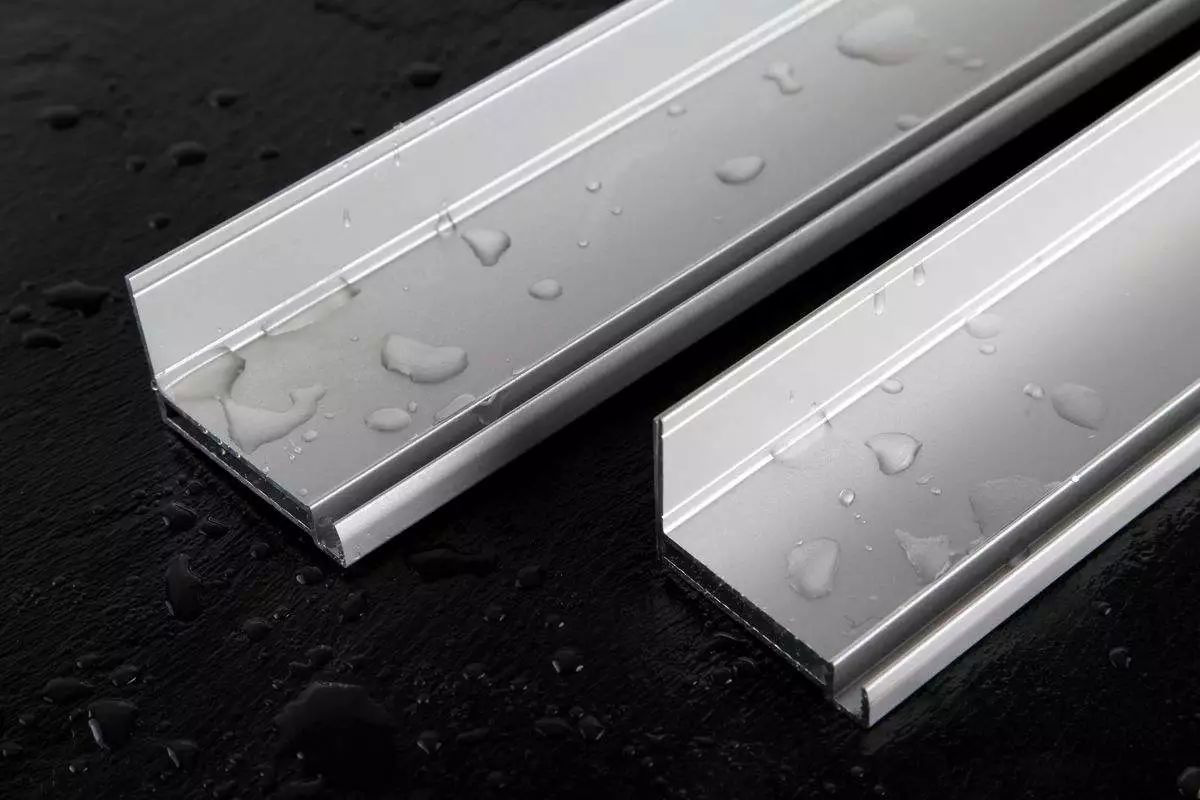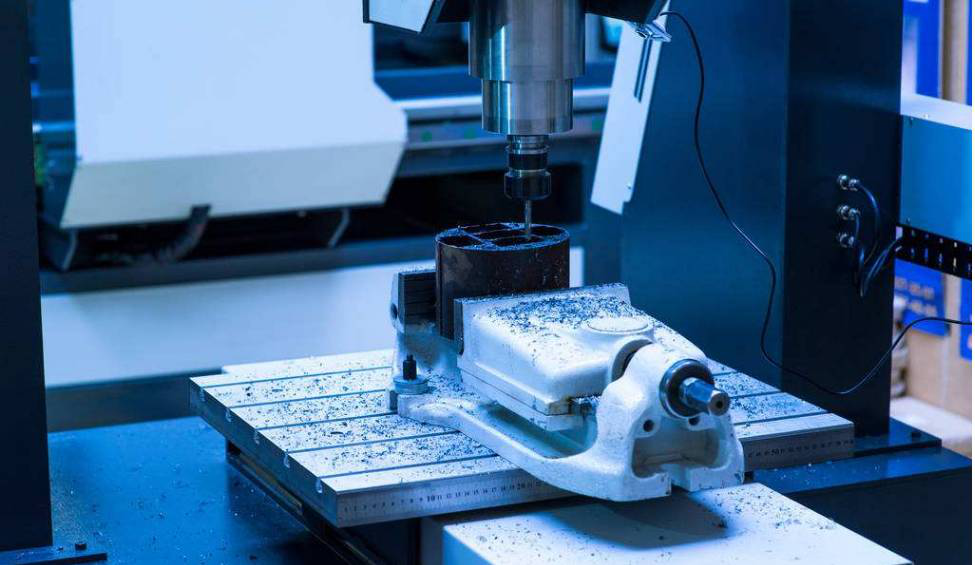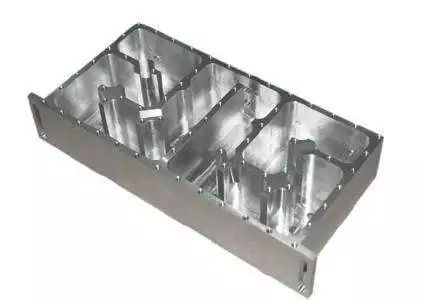It has always been a headache for us to process aluminum alloy numerically. Why is it easy to deform in aluminum alloy processing? What should we do?
First, reduce the internal stress of the blank
As we all know, the cast blank has large deformation after processing due to large allowance. Therefore, the aluminum alloy processed each time adopts natural or artificial aging and vibration treatment, and can be placed for a period of time or pre-processed to eliminate the internal stress of the blank.

Second, improve the cutting ability of cutting tools
(1) Reasonable Selection of Tool Geometric Parameters
Front angle: under the condition of maintaining the strength of the cutting edge, the front angle should be appropriately selected to be larger. on the one hand, a sharp cutting edge can be milled; on the other hand
Cutting deformation can be reduced, chip removal can be smooth, cutting force and cutting temperature can be further reduced, and negative rake angle tools should not be used.
Rear Angle: The size of the rear angle has a direct impact on the wear of the rear face and the quality of the machined surface. Cutting thickness is an important condition for selecting back angle. During rough milling, due to large feed, heavy cutting load and large heat generation, good heat dissipation conditions of the cutting tool are required, therefore, the rear angle should be selected to be smaller.
When finishing milling: sharp cutting edge is required to reduce the friction between the rear cutting surface and the machined surface and reduce the elastic deformation. Therefore, the rear angle should be larger.
Spiral Angle: In order to make milling smooth and reduce milling force, the spiral angle should be chosen as large as possible.
Main deflection angle: properly reducing the main deflection angle can improve the heat dissipation conditions and reduce the average temperature in the processing area.

(2) improving the cutter structure
Due to the large plasticity of aluminum materials, large cutting deformation during processing and large chip holding space, it is better to have a larger bottom radius of chip holding groove and fewer teeth of milling cutter to avoid deformation of thin-wall aluminum parts caused by chip blockage.
Fine sharpening teeth: the roughness value of the cutting edge of the cutting teeth should be less than Ra=0.4um Fine oilstone should be used before using a new knife.
Gently grind the front and back of the knife tooth a few times to eliminate the burrs and slight serrations left when sharpening the knife.
Strict control of tool wear standards: after tool wear, workpiece surface roughness increases, cutting temperature increases, workpiece deformation increases.
Therefore, in addition to choosing the tool material with good wear resistance, the tool wear standard should not be greater than 0.2mm, otherwise it is easy to produce debris accumulation. When cutting, the temperature of the workpiece should not exceed 100℃ to prevent deformation.
Third, improve the workpiece clamping method
In the process of processing common parts, the clamping method is usually bench vice clamping. For round parts, the clamping method of chuck can also be adopted. Whether bench vice clamping or chuck clamping will produce clamping stress in different degrees. Clamping stress and elastic recovery after parts are unloaded will cause certain deformation of parts. In the rough machining stage, because only excess materials are removed, bench vises can be used for clamping.
In addition, the axial end face compression method with better rigidity can also be used. Position the inner hole of the part, make a self-made threaded mandrel, fit it into the inner hole of the part, press the end face with a cover plate and then back it with a nut. Clamping deformation can be avoided when machining the excircle, thus obtaining satisfactory machining accuracy.
When processing thin-walled thin-walled sheet workpieces, the most common method is to fill the workpiece with medium to reduce the deformation of the workpiece during clamping and cutting.
Vacuum suction cups can also be selected to obtain evenly distributed clamping force, and then the workpiece can be processed with a smaller cutting amount, which can well prevent workpiece deformation.
Then a set of shaping and flattening dies can be added to the final process, which is the most common usage in many companies.

Fourth, reasonable arrangement of working procedures
During high-speed cutting, due to large machining allowance and intermittent cutting, the milling process often generates vibration, which affects the machining accuracy and surface roughness.
Therefore, the numerical control high-speed cutting process can be generally divided into: rough machining-semi-finishing-angle cleaning-finishing and other processes.
For parts with high precision requirements, it is sometimes necessary to carry out secondary semi-finish machining and then finish machining.
After rough machining, the parts can be naturally cooled to eliminate the internal stress generated by rough machining and reduce deformation. The allowance left after rough machining shall be larger than the deformation, generally 1 ~ 2mm.
During finish machining, the finish machined surface of the part should maintain a uniform machining allowance, generally 0.2 ~ 0.5 mm is appropriate, so that the cutter is in a stable state in the machining process, cutting deformation can be greatly reduced, good surface machining quality can be obtained, and product precision can be ensured.